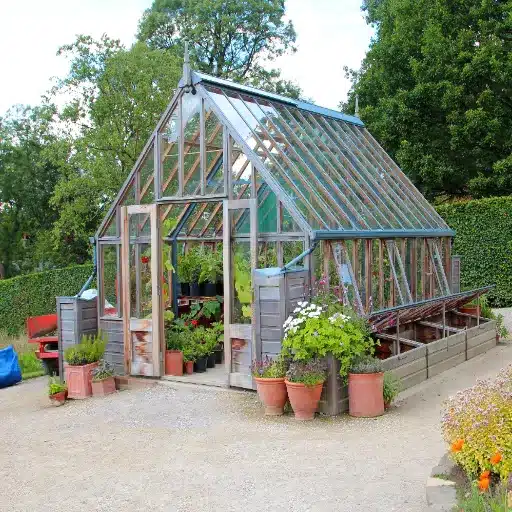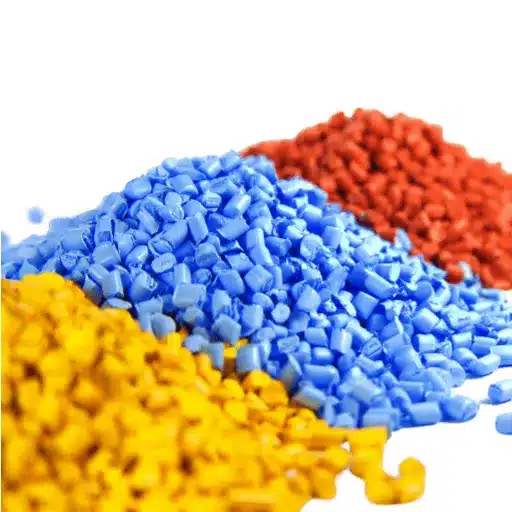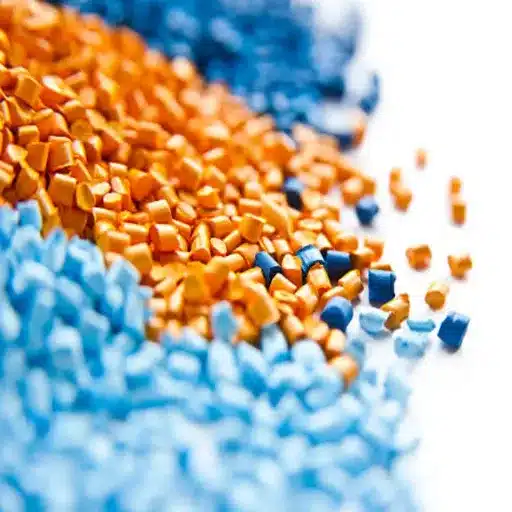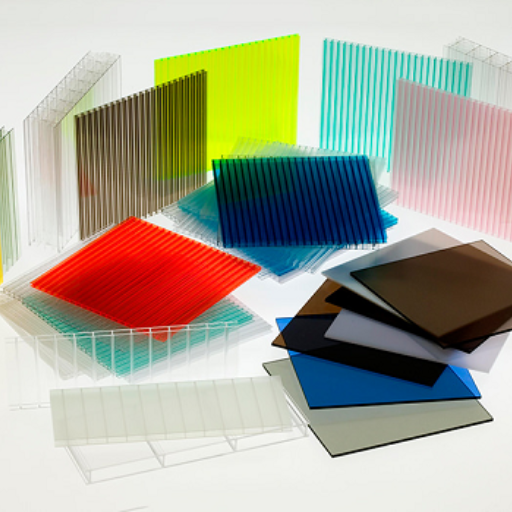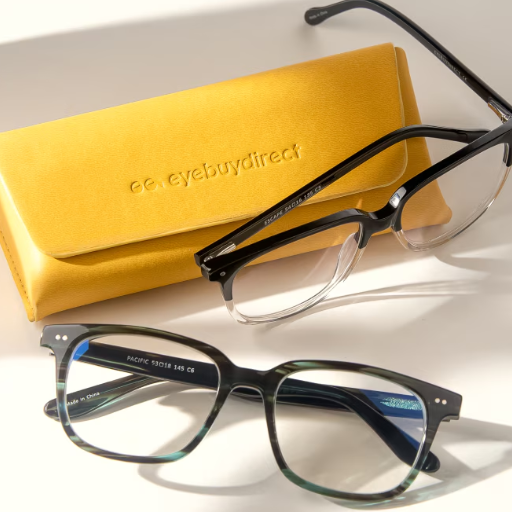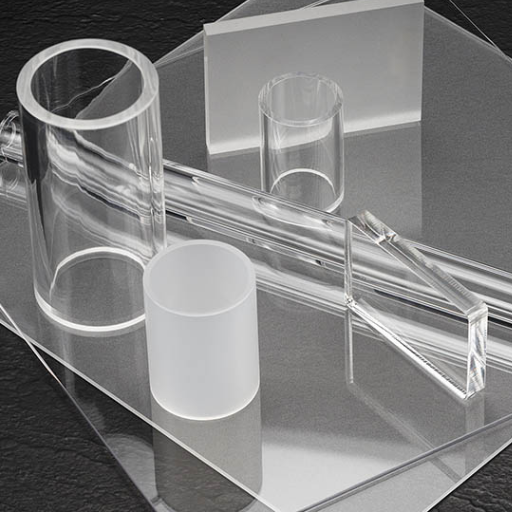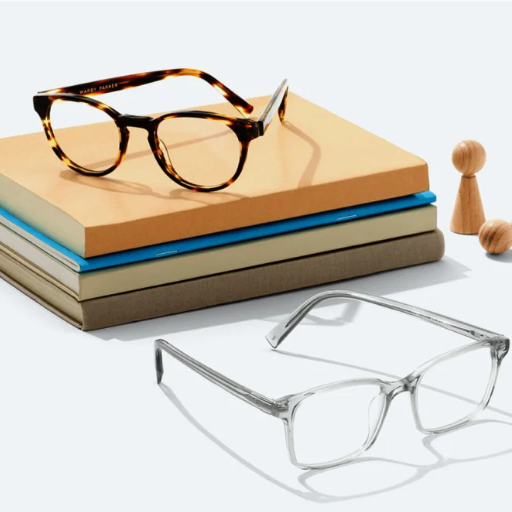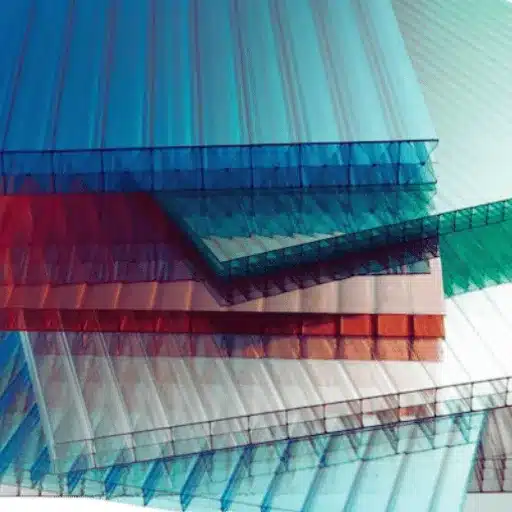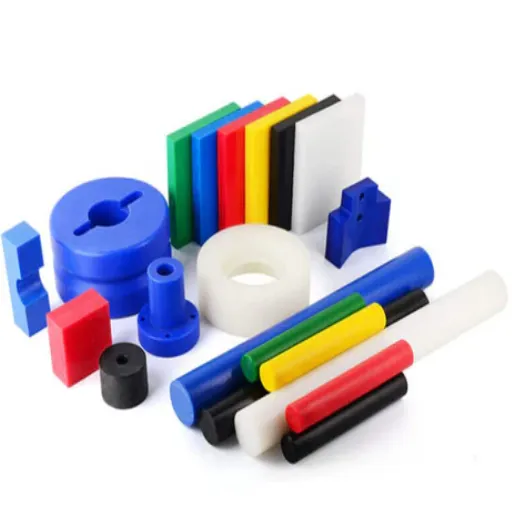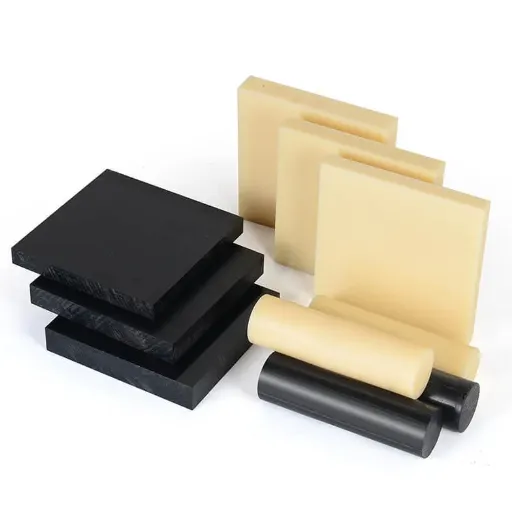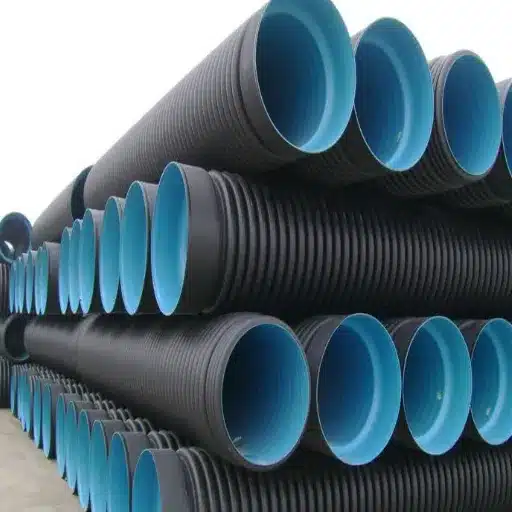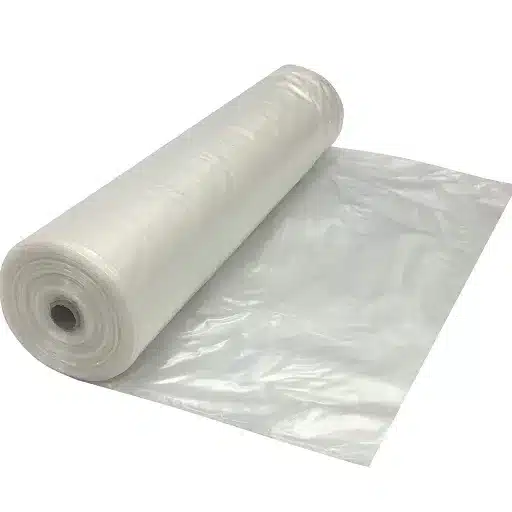Polycarbonate is a multi-faceted and long-lasting material that has become indispensable in many sectors due to its remarkable combination of strength, lightness and transparency. By using polycarbonate sheets, a wide range of innovations and common products have been created, influencing construction, design, and functionality to a great extent. This comprehensive guide will explore the various applications of polycarbonate, revealing the reasons for its popularity among engineers, architects, and manufacturers.
Understanding Polycarbonate
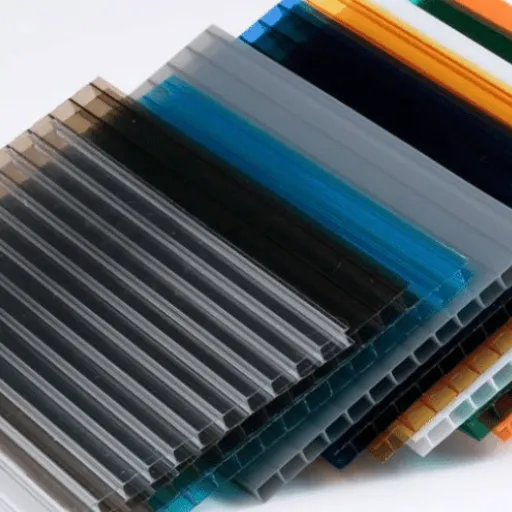
What is Polycarbonate?
The future of polycarbonate usage will be brighter than ever because of technological advancements, sustainability initiatives, and increased demands from emerging markets. Search trends and industry data have already pointed to a significant shift towards lightweight and durable materials. Polycarbonate is one of the winners in this race to the future; it is gaining popularity in electric vehicles (EVs) due to its contribution to energy-saving through reduced weight. Besides, the recycling of plastics has become less expensive and more empowering; hence, some are even speaking of closed-loop systems that will make polycarbonate exceptionally sustainable.
What’s more, 3D printing technology has embraced polycarbonate, and hence its use for rapid prototyping and custom manufacturing has widened. The focus on increasing solar energy power has led to the incorporation of the material in solar panel systems because it handles both durability and weather resistance traits excellently. The contemplated developments are not only moving in the direction of reduced carbon emissions but also ensure the material will continue to be used in new consumer products and industrial innovations.
🔮 Emerging Trends & Future Applications
- Electric Vehicles: Lightweight components for improved energy efficiency
- 3D Printing: Rapid prototyping and custom manufacturing solutions
- Solar Energy: Durable panels and weather-resistant components
- Closed-Loop Recycling: Sustainable circular economy systems
- Smart Technology: Advanced consumer electronics and IoT devices
- Green Building: Energy-efficient construction materials
Characteristics of Polycarbonate
Polycarbonate is not only strong but also possesses a long list of other exceptional properties that make it indispensable in different fields of manufacturing. It can be very light and at the same time very durable, offering users an unbelievable impact resistance of up to 250 times that of glass. Apart from the above-mentioned characteristics, polycarbonate shows thermal stability—it can withstand high temperatures and still remain in good condition. UV resistance is another characteristic that polycarbonate possesses, especially when coatings are applied, making it excellent for outdoor applications such as skylights and greenhouse panels. Additionally, polycarbonate is so transparent that it provides about 90% of light transmission, which is comparable to that of regular glass. Its resistance to chemicals and flame-retardant properties further increase the material’s versatility. These exceptional features make polycarbonate a go-to material for many engineering purposes.
Key Statistics: Polycarbonate Performance Metrics
- Impact Resistance: 250 times stronger than glass
- Temperature Range: -40°F to 240°F (-40°C to 116°C)
- Light Transmission: Approximately 90%
- UV Protection: Blocks up to 99.9% of UV rays (with coating)
- Weight: Half the weight of glass
Properties of Polycarbonate
Polycarbonate has the reputation of exhibiting great impact resistance, being 250 times stronger than glass, which makes it ideal for applications where strength and durability are needed. Its performance in extreme temperature conditions is quite impressive—it generally survives between -40°F and 240°F (-40°C and 116°C) with no major deformation, thus guaranteeing reliability in different climates as well as in industrial applications. The fact that polycarbonate is lightweight, weighing half that of glass, is an added advantage that makes it easier to handle and more energy-efficient in building and manufacturing. On top of this, in recent years, coatings have been developed to make the surface of polycarbonate less susceptible to scratching, a significant improvement that has attracted the attention of industries like automotive and consumer electronics, thus expanding the use of polycarbonate. These excellent attributes make polycarbonate a preferred material not only for industry and trade but also for everyday use.
Key Takeaways on Polycarbonate

Summary of Advantages and Applications
Polycarbonate is known for its remarkable strength, clarity, and adaptability. Its main property, high impact resistance, shows up in safety gear like body armor and goggles, while its lightness and heat resistance provide excellent optical and display properties. Polycarbonate can be found in everyday items like mobile phones and various technologically advanced gadgets.
Recycled polycarbonate is slowly but surely finding its way into green manufacturing, where its consumption is closely monitored to keep the environment clean. Moreover, it is already among the materials with the least carbon footprint due to the reduced energy used during processing. This flexibility and compliance with health standards keep polycarbonate in the forefront among many sectors like pharmaceuticals and consumer electronics, continuing to deliver impressive results.
🎯 Core Advantages at a Glance
- Exceptional Impact Resistance: 250 times stronger than glass
- Lightweight Construction: Half the weight of glass for easier handling
- Outstanding Clarity: 90% light transmission for optimal visibility
- Temperature Tolerance: Performs from -40°F to 240°F
- UV Protection: Blocks 99.9% of harmful UV rays with coating
- Sustainability: Highly recyclable and energy-efficient
Final Thoughts on Choosing Polycarbonate
Polycarbonate is truly a remarkable material that is both versatile and durable; it can be used in a variety of applications from industrial to consumer goods. When analyzing recent trends in public searches, it becomes evident that sustainability and innovative materials for manufacturing are gaining more ground. Polycarbonate is the material that has the best overall properties like strength, lightness, and ability to integrate with modern manufacturing processes like 3D printing. In deciding about the material you need for your project, you can take into consideration its recyclability, cost-effectiveness, and capability to endure harsh conditions. Adopting polycarbonate in renewable energy systems and eco-friendly designs means that you are not only investing in quality materials but also taking a step towards sustainable innovation.
📋 Factors to Consider When Choosing Polycarbonate
- Application Requirements: Consider impact resistance, transparency, and temperature needs
- Environmental Conditions: Evaluate UV exposure, weather resistance, and outdoor durability
- Cost-Effectiveness: Balance initial investment with long-term durability and maintenance
- Sustainability Goals: Assess recyclability and environmental impact
- Safety Standards: Ensure compliance with industry regulations (FDA, EFSA, etc.)
- Fabrication Needs: Consider molding, cutting, and customization options
Benefits of Polycarbonate
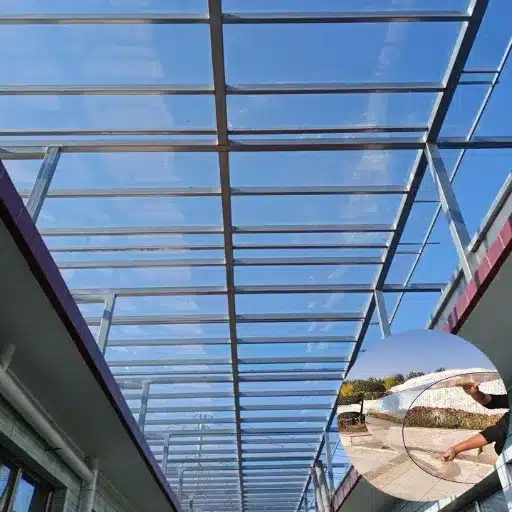
Polycarbonate vs Other Plastics: Key Advantages
Polycarbonate is an extraordinary material that combines durability, transparency, and versatility, making it stand out from other plastics. Among others, polycarbonate is the most durable plastic and is thus best suited for high-strength applications, such as safety eyewear and protective gear. Optical clarity is another significant advantage for polycarbonate, as it provides transparency that comes very close to that of glass while being lighter and break-resistant at the same time. In addition, polycarbonate is very heat resistant; it retains its properties at high temperatures where other plastics have already started to deform or degrade.
Recent research data indicates polycarbonate is the material with the highest preference due to its easy fabrication, which means design options can be very adaptable, from molding to extrusion and thermoforming. Furthermore, the material can be further processed by applying various finishes and coatings, which makes it more efficient for specialized applications, such as anti-UV or anti-scratch treatments. It is even a more sustainable choice in many cases where it can be reused and recycled efficiently. All of these advantages together have made polycarbonate a leading candidate for various industrial applications, including construction, automotive, aerospace, and electronics.
| Property | Polycarbonate | Other Plastics |
|---|---|---|
| Impact Resistance | 250x stronger than glass | Moderate to low |
| Optical Clarity | 90% light transmission | Varies, often lower |
| Heat Resistance | Up to 240°F (116°C) | Lower temperature tolerance |
| Weight | Half the weight of glass | Varies |
| Recyclability | Highly recyclable | Varies by type |
UV Durability and Resistance
Polycarbonate is synonymous with excellent UV resistance and long-term durability, making it the most commonly used material for outdoor applications. Technology advancements in polycarbonate synthesis have recently been including UV coatings that shield the material from the damaging effects of prolonged sun exposure. Recent data suggests that such UV-protected polycarbonate can effectively block 99.9% of UV rays, thus gradually lessening color fading and material breakdown. This robust nature of polycarbonate gives it the ability to remain mechanically strong and optically clear even after being directly exposed to harsh weather for many years. It is precisely these traits that account for polycarbonate being used extensively in applications like outdoor glazing, greenhouses, and protective barriers where durability under the sun is essential.
Polycarbonate Insulation Properties
Beyond its durability and UV protection, polycarbonate is being recognized as an excellent insulator. This multipurpose material provides significant thermal insulation, making it the most suitable choice for construction and industrial applications where energy efficiency is a concern. According to current data, multi-wall polycarbonate sheets specifically enhance the insulation factor due to their layered air gap design, which successfully lowers heat transfer. This allows indoor temperatures to remain stable and reduces the use of heating and cooling systems, resulting in energy savings. Moreover, polycarbonate’s insulating properties also include soundproofing; the material’s density and structure help in noise dampening. Hence, it is a sustainable and practical material for green building projects and areas that require controlling thermal and acoustic parameters.
Applications of Polycarbonate
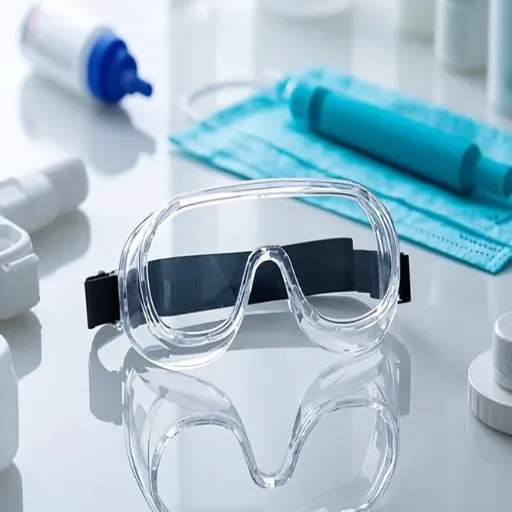
Polycarbonate in Construction: Roofs and Beyond
Over the years, polycarbonate has become the material with the highest versatility in construction. It has gained recognition for its durability, lightweight nature, and excellent thermal properties, making it the preferred choice in numerous roofing applications. In the case of roofing, polycarbonate sheets not only exhibit excellent weather resistance and UV protection but also contribute to creating roofless gardens, skylights, and covered walkways. Apart from allowing sunlight to enter the space, these sheets also protect against harmful UV rays, thus creating energy-efficient solutions that are ideal for both residential and commercial buildings.
In addition to roofing, polycarbonate is used for wall cladding, windows, and glazing systems where impact resistance and insulation are most needed. Its adaptability is also seen through architectural innovations as polycarbonate is available in different shapes and finishes, enabling creative and sustainable construction practices. The material has played a crucial role in building projects all over the world due to its combination of strength, transparency, and versatility.
💡 Practical Applications in Construction
- Skylights and roof glazing systems
- Greenhouse panels and agricultural structures
- Covered walkways and canopies
- Wall cladding and facade systems
- Windows and glazing for impact resistance
- Sound barriers and safety screens
Polycarbonate in Automotive Industries
The automotive industry is greatly influenced by the application of polycarbonate as a lightweight, durable, and impact-resistant material. This material is seen in the production of car headlamp lenses, the manufacturing of car windows, and in vehicle interiors where the quality of transparency and durability is paramount. Recent figures show that the application of polycarbonate has been one of the factors responsible for considerable reductions in vehicle weight, which in turn leads to improved fuel economy and lower carbon footprints.
Furthermore, polycarbonate has coatings that are scratch-resistant and can withstand extreme temperatures, making it well-suited for automakers to use in long-term applications. With the persistent focus on electric vehicles and sustainable manufacturing methods, the demand for polycarbonate in the automotive sector is likely to increase as it aligns with the objectives of producing lightweight, energy-efficient, and eco-friendly vehicles.
Polycarbonate in Electronics and Packaging
Polycarbonate finds a stronghold in the electronics and packaging industries because of its extraordinary attributes like high impact resistance, lightweight nature, and transparency. It is widely used in the electronics industry for casings and covers, smartphone shells, and optical disks since it allows delicate elements to be protected while providing a sleek and modern look. At the same time, polycarbonate is used in the packaging industry to provide both longevity and the protection expected from food containers or reusable bottles, ensuring that products are safe and nothing gets lost or damaged during transport or storage.
Recent data indicates that polycarbonate’s potential to be used for sustainable and eco-friendly packaging has been gaining interest. Its recyclability and durability qualify it to be a major player as the industry sets out to reduce waste and promote reusable packaging. These changes reflect the continuous push from consumers for materials that are eco-friendly yet practical in their daily use.
Food Contact Applications of Polycarbonate
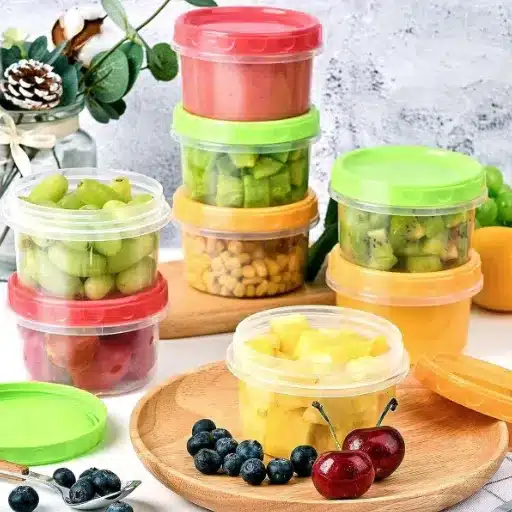
Safety and Compliance in Food Contact Uses
Polycarbonate has become very popular for food contact applications because of its durability and high safety standards. Related to the use of polycarbonate in food packaging are strict food safety regulations. To meet the high standards set by the U.S. Food and Drug Administration (FDA) and the European Food Safety Authority (EFSA), materials like polycarbonate have to undergo rigorous testing. These certifications ensure that polycarbonate is safe when used in the storage or handling of food and beverages. Its excellent heat and impact resistance makes it an agreeable choice for reusable containers, which coincides with the prevailing interest among consumers in sustainable and compliant packaging solutions.
✓ Regulatory Compliance Checklist
- ✓ FDA approved for food contact applications
- ✓ EFSA certified for European markets
- ✓ Heat resistant for sterilization processes
- ✓ Impact resistant for repeated use
- ✓ BPA-free options available
Examples of Food Contact Applications
Polycarbonate is a very versatile material that can be used in many different applications involving food contact. One such application is reusable water bottles, where polycarbonate provides strength and lightness—the most important features for everyday use. Likewise, polycarbonate is often present in food storage containers meant for refrigeration and microwave usage, allowing consumers to experience both convenience and safety. Moreover, baby bottles and sippy cups often consist of polycarbonate, ensuring child-proof and sturdy designs that endure the abuse of repeated handling. What is more, the material is present in food processing equipment such as mixers, bowls, and safety guards, where hygiene, strength, transparency, and compliance with safety standards are crucial. These applications clearly indicate how versatile polycarbonate is in catering to the needs of both consumers and professionals within the industry.
Benefits of Using Polycarbonate in Food Packaging
The use of polycarbonate in food packaging brings about many advantages, which is why it has become the go-to material for industries that demand high quality and safety standards. The resistant properties of polycarbonate guarantee that the packaging will not get damaged easily, thus minimizing the risk of damage during transport and storage. The transparency of the packaging allows customers to easily see the product, thereby increasing trust and the attractiveness of the product. In addition, the material weighs less, resulting in lower shipping costs and less negative impact on the environment. Its heat resistance makes it suitable for products involving sterilization or high-temperature interactions such as microwavable containers. And last but not least, modern production techniques ensure that food-grade polycarbonate always complies with the most rigorous health and safety standards, resulting in a secure consumer base while providing practical and multifunctional packaging solutions.
| Benefit | Description | Impact |
|---|---|---|
| Durability | High impact resistance | Reduces damage during transit |
| Transparency | 90% light transmission | Increases consumer trust |
| Lightweight | Half the weight of glass | Lowers shipping costs |
| Heat Resistance | Withstands sterilization | Suitable for microwavable containers |
| Safety Standards | FDA and EFSA certified | Ensures consumer safety |
Frequently Asked Questions (FAQ)
What are the advantages of polycarbonate plastic?
Polycarbonate plastic is very beneficial to industries as it offers many advantages. The most important one is its very high impact strength, which makes it almost unbreakable and hence suitable for applications that require durable materials. Also, polycarbonate is a very lightweight material compared to glass, making it very easy to handle and install. Polycarbonate possesses excellent optical clarity, which means that it would not affect visibility and can be used for applications like goggles and lenses. Besides, polycarbonate has good resistance to ultraviolet rays, which helps avoid the problem of material degradation over time. These factors are the reasons why polycarbonate is a material of choice for both consumer goods and industrial purposes.
What are the uses of polycarbonate sheets?
Polycarbonate sheets are made of a material with many unique properties and can be applied in any field. The most common area is construction, where polycarbonate sheets are used in building roofs and windows. They help in maintaining temperature by preventing heat dissipation and cold air absorption, and they also provide impact resistance. Besides, polycarbonate sheets are very frequently used in greenhouses, where they allow plants to receive optimal light while protecting them from sun, rain, and other weather conditions. In hospitals, polycarbonate is used in many devices and instruments that require safety and durability. The fact that polycarbonate can be molded into different shapes makes it even more interesting for creative applications in design and architecture. All in all, the industries through which polycarbonate sheets can provide their utility are extremely vast and will keep growing with the discovery of new uses.
What are the properties of polycarbonate?
What gives polycarbonate a competitive edge over other types of thermoplastic polymers are its exceptional properties. One of these properties is high impact resistance, which makes polycarbonate a safe alternative to glass and other materials in many situations. Another property of polycarbonate is that it is optically clear, making it ideal for applications needing transparency such as eyewear and protective barriers. Also, polycarbonate is famous for its durability and is able to endure extreme cold and hot climates, making it usable for both outdoor and indoor areas. Moreover, it is simpler to shape compared to other materials, allowing the production of intricate forms without cracking or breaking. All these properties contribute to the extensive use of polycarbonate in different industries.
What are polycarbonate’s food contact applications?
Polycarbonate that is free of BPA is being used increasingly in food contact applications because of its safety and durability. BPA-free polycarbonate is perfect for making containers and packaging that need a strong but lightweight material. It does not break easily and can be shaped in various ways, making it appropriate for almost all types of food products. Moreover, polycarbonate will not retain odors or flavors, ensuring food stays fresh with no risk of contamination. Its qualities also make it easier to clean and maintain, which is very important in the food industry. With more consumers becoming health-conscious, the need for BPA-free options is only going to increase, which would strengthen polycarbonate’s position in the food sector.
What are the advantages of polycarbonate in construction?
Polycarbonate boasts a long list of advantages in construction, especially noticeable in roofing and glazing applications. Being lightweight, it does not add to the structural load on the building, making it very easy to install. Another property that polycarbonate has is its excellent thermal insulation, which can lead to energy savings since it is able to keep indoor temperatures constant. Plus, it is immune to weathering and UV light, guaranteeing a long life with minimal maintenance. Besides, the material can be manufactured in various colors and different degrees of transparency, giving architects the opportunity to achieve desired aesthetics while functionality is not compromised. All in all, polycarbonate’s strength and adaptability make it a go-to material for contemporary construction projects.
📚 Reference Sources
University of Rochester Medical Center: A detailed overview of polycarbonate’s properties and its common uses, such as in baby bottles, refillable water bottles, and sippy cups.
Source: A Common Plastic Comes Under Scrutiny
Florida State University – Molecular Expressions: A resource explaining polycarbonate as a manufacturing plastic and its use as a substitute for glass in various applications.
Source: Polymers – Polycarbonate
Stanford Medicine: Information on polycarbonate’s use in reusable food and drink containers, baby bottles, and impact-resistant products.
Source: Bisphenol A Facts
🌟 Conclusion
Polycarbonate has established itself as an indispensable material across countless industries, from construction and automotive to electronics and food packaging. Its exceptional combination of strength, transparency, lightweight nature, and versatility makes it a superior choice for both traditional applications and emerging technologies. As we move toward a more sustainable future, polycarbonate’s recyclability and energy efficiency position it as a key player in green manufacturing and eco-friendly design. Whether you’re an architect, engineer, manufacturer, or consumer, understanding the properties and applications of polycarbonate can help you make informed decisions that balance performance, safety, and environmental responsibility. The future of polycarbonate is bright, with continuous innovations expanding its potential in electric vehicles, renewable energy, 3D printing, and beyond.






